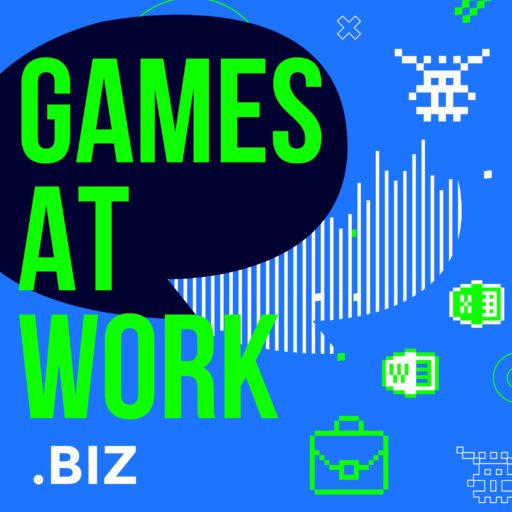
Nostalgia isn’t what it used to be. Michael and Michael discuss the difference between reboots and repeats using movies such as the Matrix and Aliens, as well as in the gaming world such as Leisure Suit Larry and the Nimblebit games. The review of Thimbeweed Park serves as a tremendous launch point for this conversation.
Rounding out the show, the team talks about the recent innovation from Adidas, shoes made from bioengineered spider silk. 3D printing remains a hot topic with both of them, as evidenced by Michael R’s recent creation, a sausage roll prop used for the Durham Savoyard’s recent Gilbert & Sullivan production of The Grand Duke.
selected links
Ars Technica article : Thimbleweed Park review: Nostalgic to a fault — https://arstechnica.com/gaming/2017/04/thimbleweed-park-review-nostalgic-to-a-fault/
Daria creator imagines what the cast looks like 20 years later — https://consequenceofsound.net/2017/04/daria-creator-imagines-what-the-cast-looks-like-20-years-later/
Leisure Suit Larry — https://en.wikipedia.org/wiki/Leisure_Suit_Larry
Ultima — https://en.wikipedia.org/wiki/Ultima_%28series%29
Nimblebit games — http://nimblebit.com
Nimblebit’s Bit City — https://itunes.apple.com/us/app/bit-city/id914343148?mt=8
Wired UK article : These lightweight adidas shoes are made from spider silk grown in a lab — https://www.wired.co.uk/article/adidas-futurecraft-biofabric-shoes
Durham Savoyards — http://durhamsavoyards.org
Grand Duke 2014 – 02, Opening Chorus, Sausage-roll song — https://www.youtube.com/watch?v=ZCDPIc8Yyvw
Podcast: Play in new window | Download (36.3MB) | Embed
Subscribe: Apple Podcasts | Spotify | Amazon Music | Android | Podcast Index | Youtube Music | RSS | More


